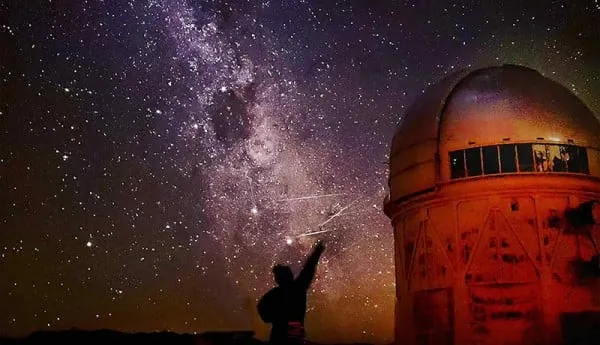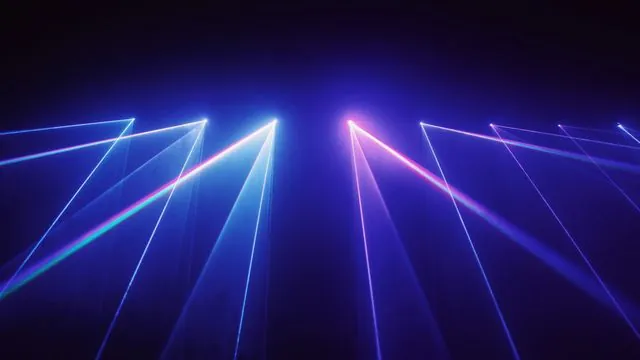
Unlocking the Secrets of Our Universe: Scientists Discover Stellar Births at 'Cosmic Noon'
2025-06-04
Author: Sarah
A Cosmic Revelation!
In an astonishing breakthrough, researchers from Rutgers University-New Brunswick have peered deep into the cosmos, revealing a captivating epoch known as "Cosmic Noon." This era, occurring around 2 to 3 billion years post-Big Bang, showcases galaxies immersed in their first significant star-forming frenzy.
Why This Discovery Matters
This landmark finding is crucial for unraveling the enigmatic processes of galaxy evolution. By studying this pivotal period, scientists are piecing together vital clues about how galaxies like our own Milky Way have grown and transformed over time.
Shining Bright: The Lyman Alpha Emitters (LAEs)
The research centers on ancient galaxies dubbed Lyman Alpha Emitters (LAEs), which act as astronomical beacons, illuminating the universe's earliest epochs. By emitting ultraviolet light known as "Lyman Alpha," these galaxies become visible to us, allowing astronomers to investigate their intricate histories.
Tracing Our Cosmic Origins
As the lead author, Nicole Firestone, a National Science Foundation Graduate Research Fellow, reveals, "LAEs are viewed as the ancestors of contemporary galaxies, including the Milky Way. Understanding when they started to form stars gives us a glimpse into our galaxy's own 'origin story.'"
Unraveling the Mysteries of Star Formation
Delving deeper, the research aims to clarify if these galaxies represent the initial phases of star formation or are older ones reigniting after dormancy. This distinction could reshape our understanding of cosmic evolution.
A Major Starburst Uncovered!
For the first time, the studies confirm that a vast majority of LAEs are indeed undergoing their inaugural starburst. This revelation means that these galaxies are brimming with youthful stars, poised at a defining moment in their cosmic lifecycle.
Harnessing Technology in Astronomy
By employing data from the innovative ODIN project—an extensive sky survey using the Dark Energy Camera in Chile—scientists captivated by the bright appearances of these LAEs have gathered critical insights. Machine learning techniques played a vital role, enabling researchers to extract physical properties and trace the star formation histories of these ancient galaxies.
Next Steps in Cosmic Exploration
This pivotal study posits that 95% of LAEs are flourishing in their peak star formation phase, providing a clearer understanding of their evolution and the conditions driving significant stellar births across the universe.
The Big Picture: Understanding Our Milky Way
As stated by Eric Gawiser, another leading researcher, "This discovery sheds light on what the Milky Way might have looked like during its formative years, giving us unprecedented insights into our cosmic neighborhood's history."




 Brasil (PT)
Brasil (PT)
 Canada (EN)
Canada (EN)
 Chile (ES)
Chile (ES)
 Česko (CS)
Česko (CS)
 대한민국 (KO)
대한민국 (KO)
 España (ES)
España (ES)
 France (FR)
France (FR)
 Hong Kong (EN)
Hong Kong (EN)
 Italia (IT)
Italia (IT)
 日本 (JA)
日本 (JA)
 Magyarország (HU)
Magyarország (HU)
 Norge (NO)
Norge (NO)
 Polska (PL)
Polska (PL)
 Schweiz (DE)
Schweiz (DE)
 Singapore (EN)
Singapore (EN)
 Sverige (SV)
Sverige (SV)
 Suomi (FI)
Suomi (FI)
 Türkiye (TR)
Türkiye (TR)
 الإمارات العربية المتحدة (AR)
الإمارات العربية المتحدة (AR)